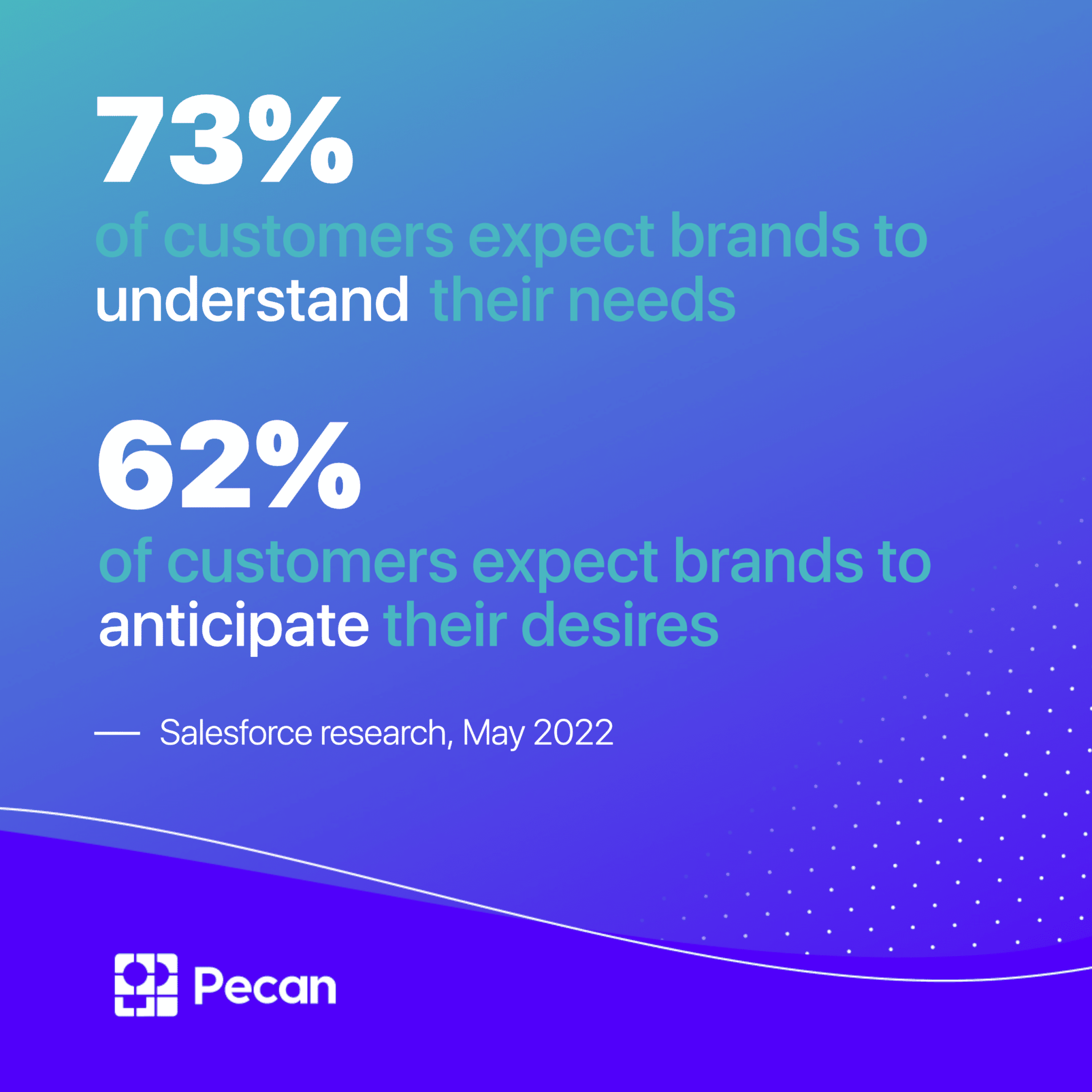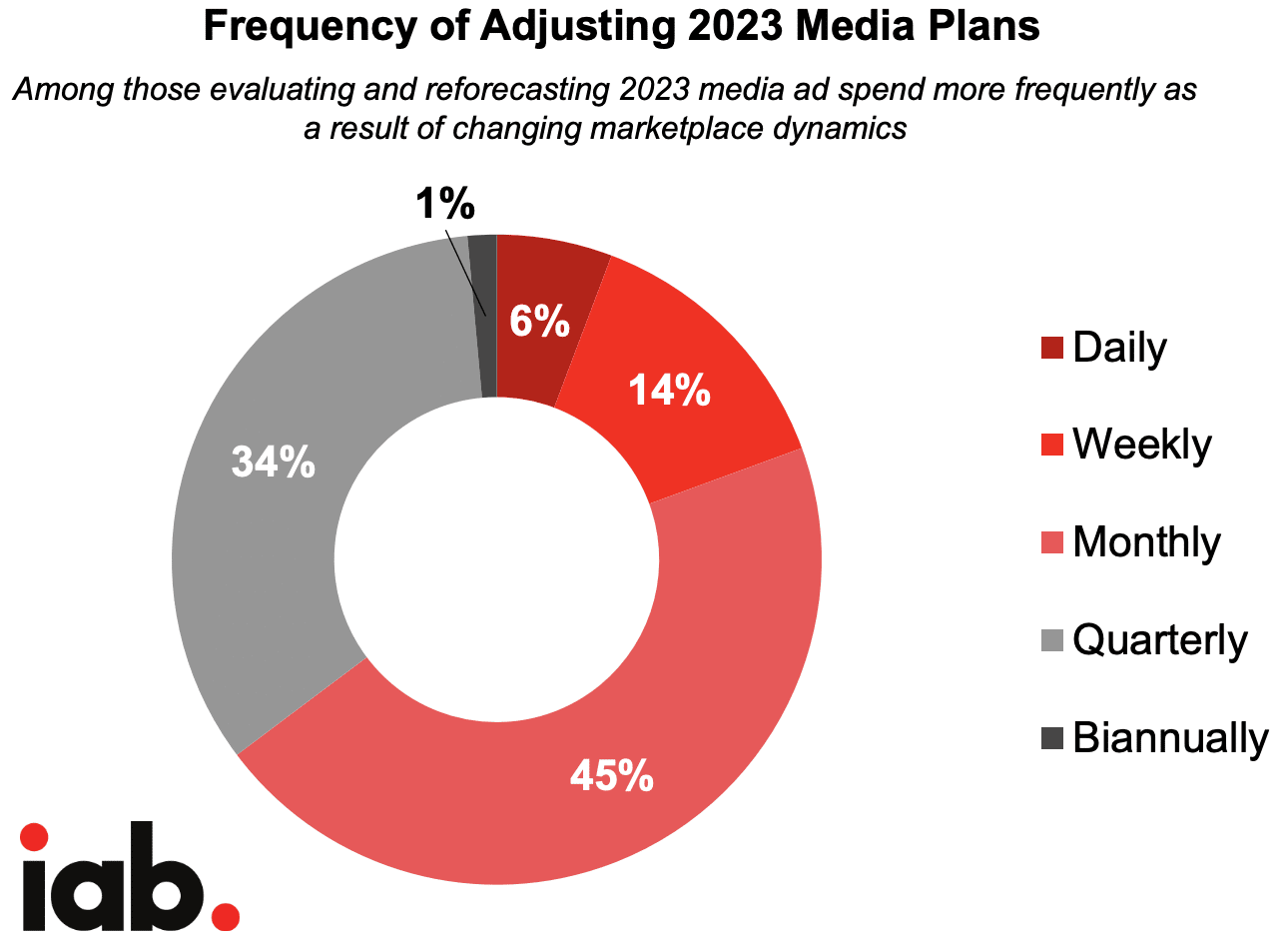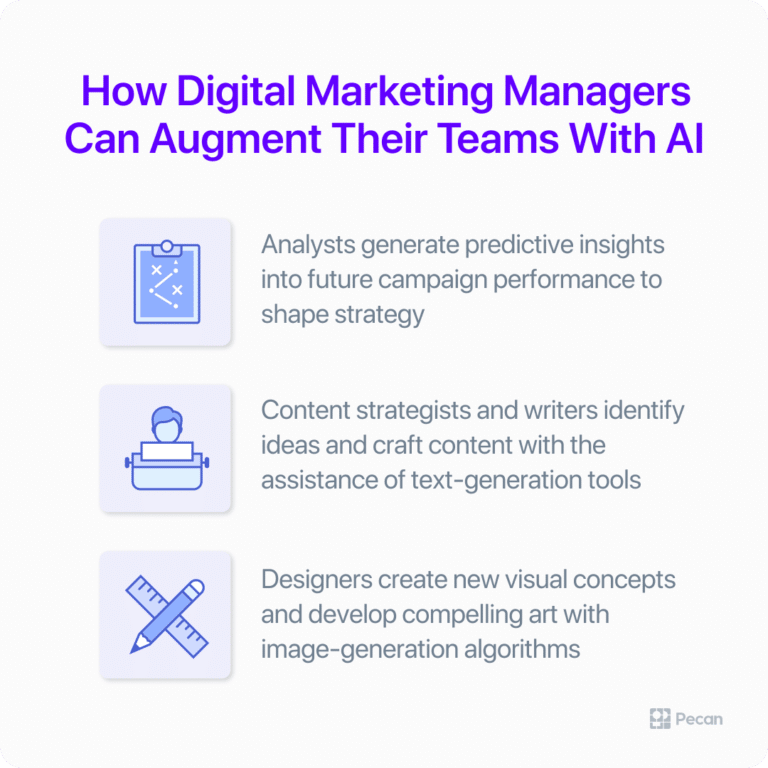Whatever your industry, the role of a digital marketing campaign manager is challenging. The demands are many. The pace is fast. The pressure can be intense.
Managing campaigns requires a wide range of capabilities: organizational skills, team management, creativity, and, most of all, comfort with data. Digital marketing managers know that to be at the top of their game today, they must use data to cultivate deep customer knowledge, develop the right decision-making style, and invest in their team.
Read on to learn about habits and tools used by top digital marketing managers — so you, too, can navigate challenges and crush your goals.
Get to Know Your Customers
It’s easy to be swept away by creating campaigns for the hottest new channels or a favorite new creative possibility. But effective marketing isn’t about indulging every creative whim. Your campaigns have to meet your target market and ideal customer where they’re at. You also need messages that resonate with their needs and preferences.
Digital campaign managers must gather that in-depth knowledge of customers and plan how to manage digital marketing campaigns accordingly.
Digging into your customer data can reveal insights into their demographics, buying habits, and activities. Ideally, that information about your target audience should become foundational to your campaign design and digital marketing strategy.
Additionally, marketers can use that information on the customer level to personalize offers and promotions, helping your customer feel seen and understood. That individualized approach is increasingly the norm today.
Survey research shows that 73% of customers expect brands to understand their needs. Additionally, 62% expect brands to go even further and anticipate their desires. It’s past time to be well acquainted with your customer data and incorporate personalization strategies into your marketing.
Make Data-Driven Decisions (No, Really — and Fast)
Our State of Predictive Analytics in Marketing survey research revealed that over half of marketing leaders feel their ability to predict customer behavior is always or often “guesswork.” That feeling persists despite many companies’ significant investments in data infrastructure, teams, and tools. At many organizations, “data-driven decision-making” has too often become an empty promise.
Some marketing teams still rely on data tools poorly suited for the agile, fast-paced decision-making required in today’s volatile market conditions. Dashboards (and, dare we say, spreadsheets) of retrospective data have their place. But in rapidly changing circumstances, they alone don’t provide a reliable guide for decisions about what to do next week or month.
A recent IAB report shows that nearly two-thirds of marketers plan to re-evaluate and forecast their media budgets more often to accommodate volatility. Among them, 65% plan to do so monthly or more frequently.
Frequency of adjusting media plans. Source: IAB 2023 Outlook Survey: Ad Spend, Opportunities, and Strategies for Growth
Looking back in the rear-view mirror at past campaign performance has helped digital marketers anticipate what might happen next. But it’s clear these retrospective approaches are severely limited. A future-focused approach to marketing campaign management would incorporate data about what’s likely to occur in the next 30, 60, 90, or 180 days, or even further out. This approach would far better anticipate the likely ROI of campaigns and budget allocation.
Even more significantly, it’s possible to quickly take informed action on marketing campaigns with predictions. Instead of waiting weeks to see how a campaign matures, you can predict its ROAS in the first couple of days after launch.
That knowledge of the future makes your team far more agile and efficient. And if marketing peers at your competitors are assessing plans so frequently, you’ll want to keep pace. The forward-looking information you need to make smart budget adjustments and optimize campaign planning is already waiting within your data; you just can’t afford to wait to turn that knowledge into action.
Use Your Team’s Skills to Their Maximum Potential
Everyone on your team brings something unique to the table (or to the video call, these days). And today, that innovative new AI-powered technologies can augment that something special.
Maybe your content writer (ahem) is brainstorming a blog post with the help of a text-generation tool. Perhaps your graphic designer is prompting an image creation algorithm to develop mind-blowing new graphics. Without a doubt, there’s a whole range of new opportunities to explore.
You might already know how those AI tools shape today’s content and design. Similar capability boosts are now available for the performance-marketing side of your team as well. While they’ve already been your SQL savants and dashboard virtuosos, AI can now give them predictive powers, further amplifying their impact with fast, accurate predictions about the future.
Until now, it’s been extremely complicated to use AI-powered predictive models to gain predictive insights from your marketing data. It has required a team of data scientists and engineers who are scarce and expensive, as well as a lot of time and patience.
However, a new generation of AI-powered predictive analytics options can transform your marketing team’s own data and BI analysts into AI wizards. Placing the power of AI directly in their hands maximizes their deep data skills and direct knowledge of your business. They can move beyond retrospective data analyses to adopt a future-driven approach that levels up the whole team.
Empowering your BI and analyst teams with new capabilities that generate actionable predictive insights can be hugely motivating and exciting for everyone involved. That’s true not just for analysts, who uplevel their skills and business impact, but also for data science teams, who are freed up for more complex AI and ML projects. And, of course, helping all of these data pros achieve their full potential can generate enormous business impact.
If you’re ready to explore how predictive capabilities could take your digital marketing team to a whole new level, we’re here to help. Pecan’s AI-powered, accessible predictive analytics platform is designed for teams who want to drive ROI efficiently and demonstrate marketing performance.






